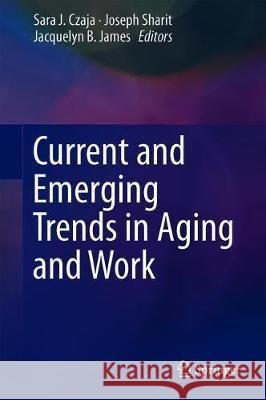Current and Emerging Trends in Aging and Work » książka
topmenu
Current and Emerging Trends in Aging and Work
ISBN-13: 9783030241346 / Angielski / Twarda / 2019 / 463 str.
Current and Emerging Trends in Aging and Work
ISBN-13: 9783030241346 / Angielski / Twarda / 2019 / 463 str.
cena 392,66 zł
(netto: 373,96 VAT: 5%)
Najniższa cena z 30 dni: 385,52 zł
(netto: 373,96 VAT: 5%)
Najniższa cena z 30 dni: 385,52 zł
Termin realizacji zamówienia:
ok. 20 dni roboczych.
ok. 20 dni roboczych.
Darmowa dostawa!
Kategorie BISAC:
Wydawca:
Springer
Język:
Angielski
ISBN-13:
9783030241346
Rok wydania:
2019
Wydanie:
2020
Ilość stron:
463
Waga:
0.84 kg
Wymiary:
23.39 x 15.6 x 2.69
Oprawa:
Twarda
Wolumenów:
01
Dodatkowe informacje:
Wydanie ilustrowane











